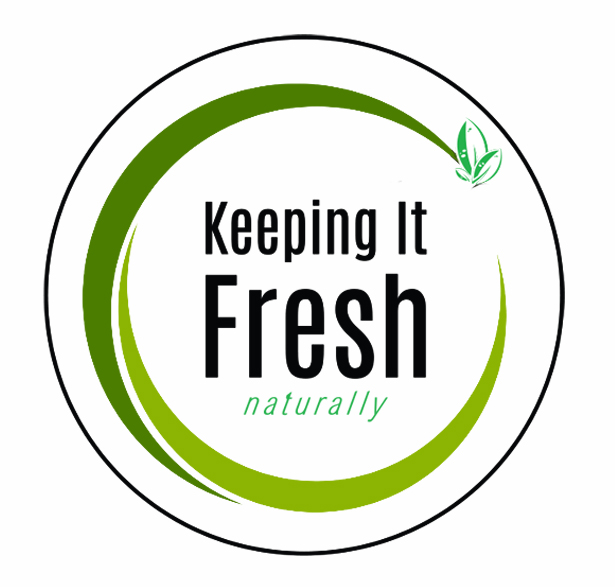Using Oxygen Absorbers for Long Term Food Storage
- Kubepac

- Apr 14, 2020
- 3 min read
Oxygen absorbers, also known as O2 absorbers, are a mystery to many. Not a week goes by when we are not asked for guidance as to how to use them. Rather than answer those questions individually, today we are sharing information on oxygen absorbers to get you started on the road to successfully storing bulk foods for the long term.
The very first item we tested with our O-Buster for long term food storage was a 25 kg sack of pinto beans. Of course back we learnt that you cant simply store a big bag of beans in the garage and let it sit there until we needed it.
Luckily, we did our research and learned first and foremost that beans, along with many other bulk foods, have a shelf life. Furthermore, we learned that beans will become hard as rocks if not properly packaged and stored in a cool, oxygen and moisture free environment.
The light bulb really came on as we learnt all about wheat. It was then when we learnt not only about wheat but about storage containers, Mylar bags and the importance of oxygen absorbers in long term food storage. This set us on a serious path to learn what we needed to do to use them effectively for long term food storage.
What About Storage Containers?
As you do your research, you will hear over and over again that you should use oxygen absorbers in sealed Mylar bags This is true. Oxygen absorbers work extremely well when used with sealed Mylar bags. That being said, they can also be used to successfully block out oxygen with other types of packaging, too.
All of the following will work:
Metal Cans with Sealed Lids. Great if you have access to a canner or a local community kitchen. For most of us, however, this is not a realistic and cost effective solution. Mason Jars and Canning Lids. Metalized bags. These are heavy duty foil bags lined with a special plastic.Vacuum Sealed Bags (such as the Food Saver bags). While not as heavy as the Mylar, these are much easier to handle. Plastic Buckets with Gamma Seals. These can be used alone or in combination with other Mylar or other bags such as those from the food saver.PETE Plastic Bottles. These are great as long as they include airtight, screw on lids.
The Proper Way to Use Oxygen Absorbers
There are a few precautions you need to be aware of when using oxygen absorbers.
The most important precaution is to limit the exposure of unused packets to air. Take out only what you are going to use in the next 15 minutes or so and seal the rest up in a jar with a screw top lid. Don’t put them in a zip lock bag because they will immediately suck up the residual oxygen and become useless.
Be mindful of the little pink pill. Our Oxygen Absorbers include a little pink pill and If the pill is blue, the absorbers are finished so don’t use them. However, if they are just starting to turn – not quite pink and not quite blue – they are probably okay since the change of colour can happen in as little as 10 or 15 minutes.
Another good test of their viability is to pick one up an hold it. It may feel warm. It will also feel soft and powdery, like a little pillow. If it gets real hot and uncomfortable, it is in full out working mode and has probably been exposed to the air for too long to be usable. In this case it may also start to feel hard and brick like. Oxygen absorbers themselves have a limited shelf life, even when sealed. Only purchase an amount that you will use within a year.
For more information please contact us.



